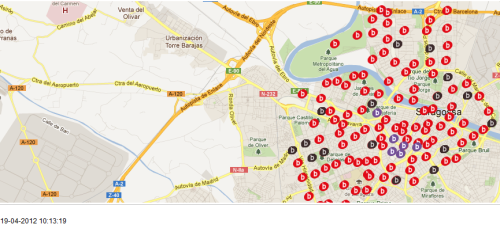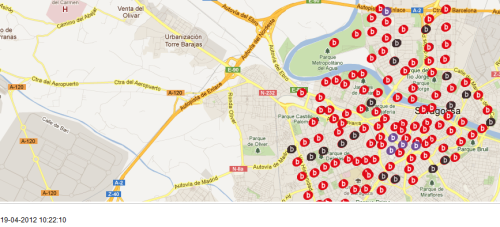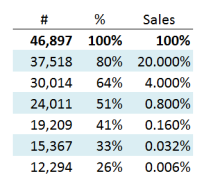Why teaching Supply Chain tools is so challenging
Alejandro Serrano – Aug 2013 | Spain
Last week I had a very enlightening conversation with the person in charge of logistics at a medium-size company ($200m turnover). He argued that analytical-tool teaching, such as linear programming, should be removed from supply chain and MBA programs. He claimed that the only important “analytical” tools to be taught at such programs should be Excel. In addition, a number of management tools such as change management, team building, project management, and the like should be included in the teaching curriculum.
I have to admit that I was a bit surprised by his categorical opinion of the uselessness of analytical tools in this field. But he is not alone: I have found a number of managers who either neglect or underestimate the value of analytical tools at work, judging them as too theoretical, non-implementable, and totally disconnected from reality, the routine of a normal company working day.
This evidence clearly shows a disconnection between what is taught at graduate supply chain and MBA programs and what is perceived as needed in the industry. From the academic perspective, it is easy to argue that the problem is that, more often than not, these managers do not have the solid background that is usually needed to understand and carry out a decent analytical analysis followed by a successful implementation. And I agree that this might be the case.
But having said that, consider another plausible explanation: supply chain or MBA students may well understand those tools, and grasp a number of concepts, while being unaware of how useful they may be within a business context. Let me use an example from my own experience. As an MBA student, I was taught the “newsboy logic” to be applied in settings where 1) demand is uncertain and 2) there are underage and overage costs depending on the decisions made. But I was never challenged to find business contents where this logic could be applied, so I did not. Years later, as a supply chain masters student, I was presented with the same logic, again in a specific context, where a purchasing manager had to decide on how much inventory to buy under the same conditions of random demand and under- and overage costs. But again, I was not pushed to think further and extrapolate the interesting insights of the model from the inventory sphere to others. Only several years later, did I realise the potential of the model and how it could be applied in different realms. For instance, as the COO in a 3PL in a seasonal industry, I should have used the logic model to calculate how many people to train several months ahead of the uncertain season peak. Unfortunately for my previous company, I did not.
All in all, I am convinced of the usefulness of analytical tools and know that they can be a great source of competitive advantage. As an instructor, the takeaway is that I should constantly remind my students why those tools that we teach are useful (they’d better be!) and how and where they should be applied in practice. It may seem like an easy recipe to follow, but too many instructors fail at using it, either because they do not consider it important (unfortunately many instructors lack industry experience) or they overestimate students’ ability to retain classroom concepts and immediately convert them into ready-to-use managerial tools.














